Laia Abril is a multiplatform artist whose work examines the deeply personal and, at times, controversial topics of womanhood and reproductive rights. For Abril, bringing to light stories that are often hidden or misunderstood is about shifting the narrative toward an open conversation on the experiences of women around the world and throughout history.
Her series On Abortion uses photography and text to share true stories on how women have historically received abortions without access to legal and safe methods. The work is part of a larger body of work called A History of Misogyny. BuzzFeed News spoke with Laia Abril on her research and her upcoming book, On Abortion: And the Repercussions of Lack of Access.
Warning: Some of the images and text portray crude, ineffective, illegal, and dangerous methods of preventing or terminating pregnancies. These methods may be potentially life threatening and can cause pain, permanent injury, hemorrhage, and death. For information about safe abortions, consult a health care provider or check out this information from the World Health Organization.
Hippocratic Betrayal
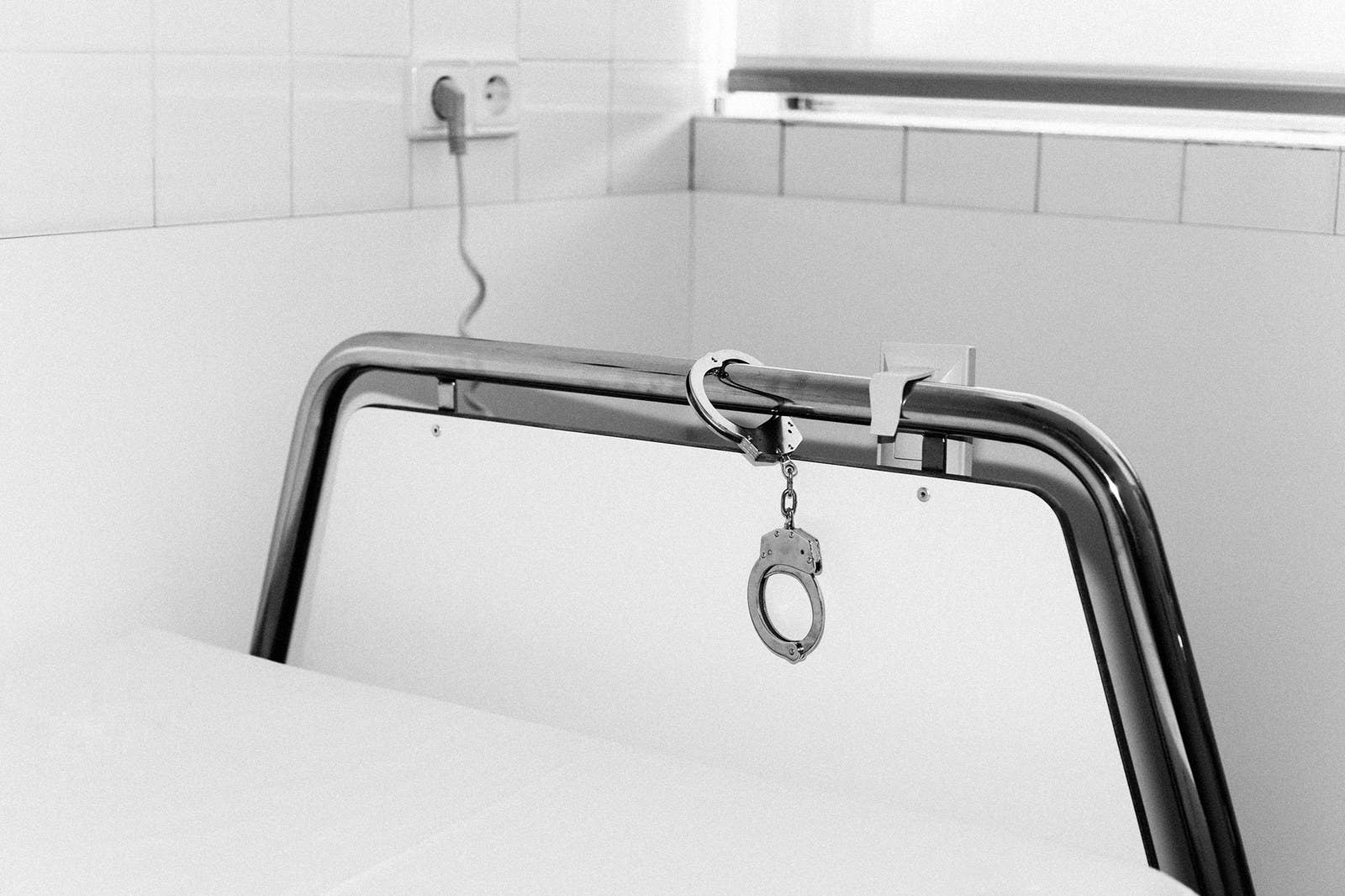
This project aims to show the repercussions of the lack of access to abortion in the world. By "lack of access," I do not simply mean a matter of laws, but also free and safe access that is free of judgment. When all these issues are not in order, more than 47,000 women die every year and thousands remain with physical and/or emotional consequences. Many others are arrested, tried, prosecuted, and deprived of freedom, which also includes being forced to motherhood. The images cannot be separated from their texts; their stories help to create a conceptual map that will shed light on these so misunderstood and forgotten stories.
Though the tone of the images tends to be quite sober, the stories are brutal. What happens cannot be masked, but it is also invisible, uncomfortable, and often dangerous to show for the victims. However, it is extremely important for me that people know what is happening. To see, somehow, what is happening and to know what the repercussions for denying these rights are. There are direct repercussions in the lives of thousands of people.
Producing this body has been an exercise of deep personal learning for me. I've faced ethical questions about life that I had never considered. Much of my practice is based on people opening doors into their darkest place, and me relying on my own empathy and predisposition not to judge. However, I've learned that even in believing that you are free of judgment, you are never completely free. This has been a deep reflection about the purest questions of the human being — life, death, and the right to decide. Nothing is ever black or white.
Knitting Needle Procedure
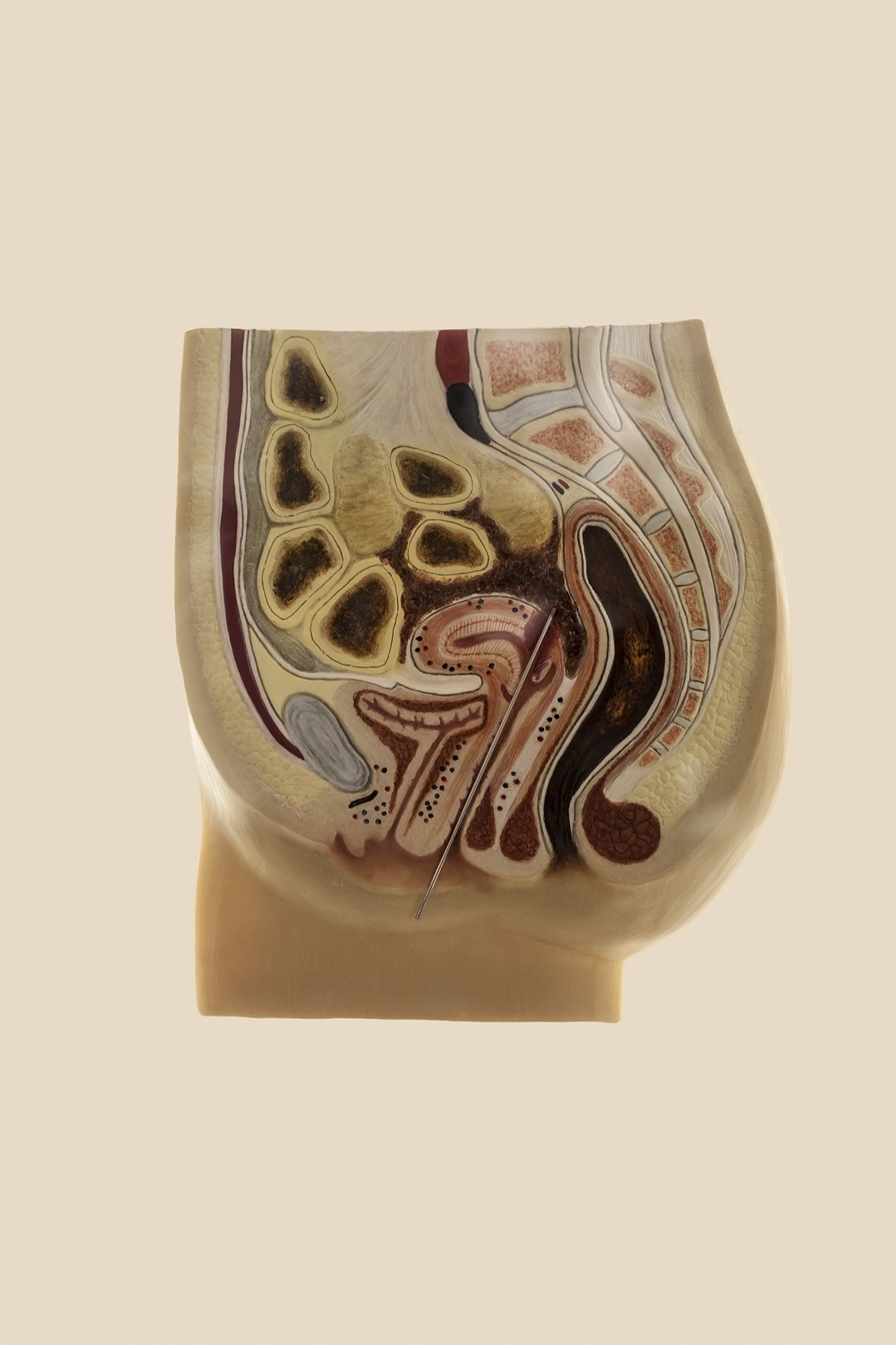
A three-dimensional cross-section of the body, showing a procedure performed by nonprofessionals using objects not intended for the purpose. In places where abortions are illegal, pregnant women tend to ignore their condition for as long as possible, thereby wasting valuable time. Illegal abortions are, on average, performed at some point in the second trimester. At that point, an instrument must be inserted through the cervix to puncture the amniotic sac. This induces labor, and can result in the embryo's expulsion. Due to the lack of alternatives, women forced to apply this dangerous method for termination face serious physical injury or even death.
Boiling Baths, Tooth, and Superstition

Taking a scalding bath seems to be a widespread method that has persisted for generations. One Sanskrit text from the 8th century recommends squatting over a boiling pot of onions, a technique also used by Jewish women in Manhattan’s Lower East Side in the early 1900s. As late as 1870, some abortionists would pull out patients' teeth without anesthetic because the pain and shock was thought to induce miscarriage. Pliny the Elder (AD 23–79), Dioscorides (AD 40–90), and Pseudo-Galen (AD 129–216) all mention more “superstitious” means of abortion, such as eating the egg of a crow, being bitten by a dog, or crossing the menstrual blood of another woman.
Fish Bladder Condom
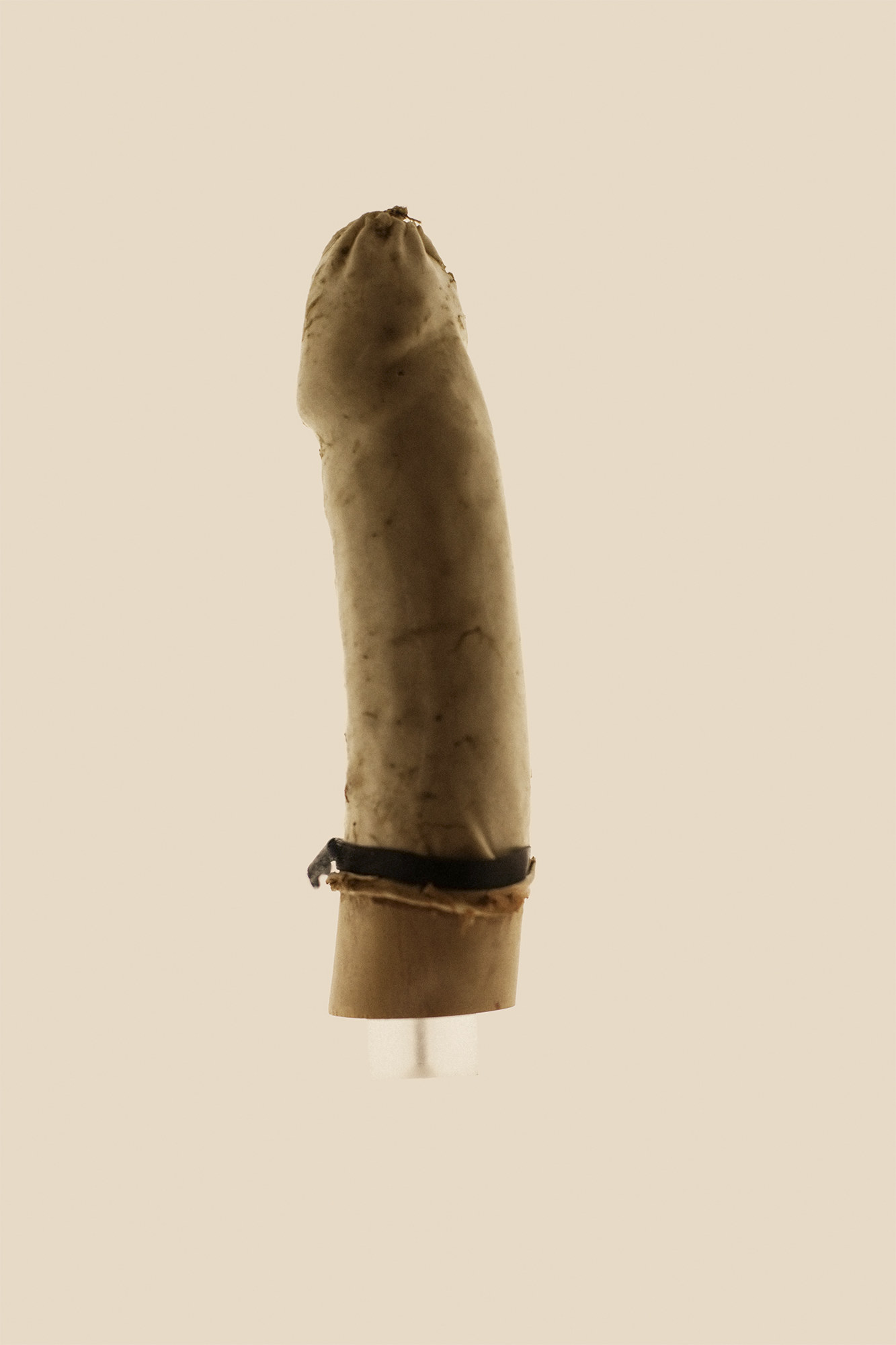
The earliest prophylactics were typically made from catfish and sturgeon bladders and used until the 19th century. Cleaned, split, and dried lamb intestines were also popular. Since neither material is very elastic, such early condoms had to be secured to the penis with a ribbon. They were also expensive. After each use, the condoms were washed, carefully dried, and rubbed with oil to prevent cracking.
Crossing International Borders

On Jan. 2, 2015, I traveled to Slovakia to have an abortion. I was too scared to take DIY abortion pills alone. What if something went wrong? So I decided to get a surgical abortion in a clinic abroad. I felt upset about borrowing money for the procedure, and lonely and frustrated because I couldn’t tell anyone what was happening. The hardest part was facing my boyfriend, who opposes abortion. All the same, I felt stronger and more mature afterwards." — Marta, 29, Poland
Abortion is legal in nearly all EU countries, except Poland, Ireland, and Malta. In Poland, abortion is illegal except in cases of sexual assault, serious fetal deformation, or threat to the mother’s life. The official number of abortions performed in this country with 38 million inhabitants is only about 750 per year. According to Dutch abortion rights organization Women on Waves, the real number is closer to 240,000.
In November 2015, 9-year-old Inocencia gave birth to a baby boy in Nicaragua. He was the son of her own biological father, who had raped Inocencia repeatedly from the age of 7. Many countries, including Paraguay, Guatemala, Honduras, Venezuela, Somalia, Congo, Egypt, Iran, and Lebanon, do not consider rape a legitimate reason to abort and permit abortion only when the mother’s life is at risk. Stricter still, Nicaragua, El Salvador, the Dominican Republic, Malta, and the Vatican are the five nations in the world where abortion is prohibited under any circumstance.
Illegal Instrument Kit
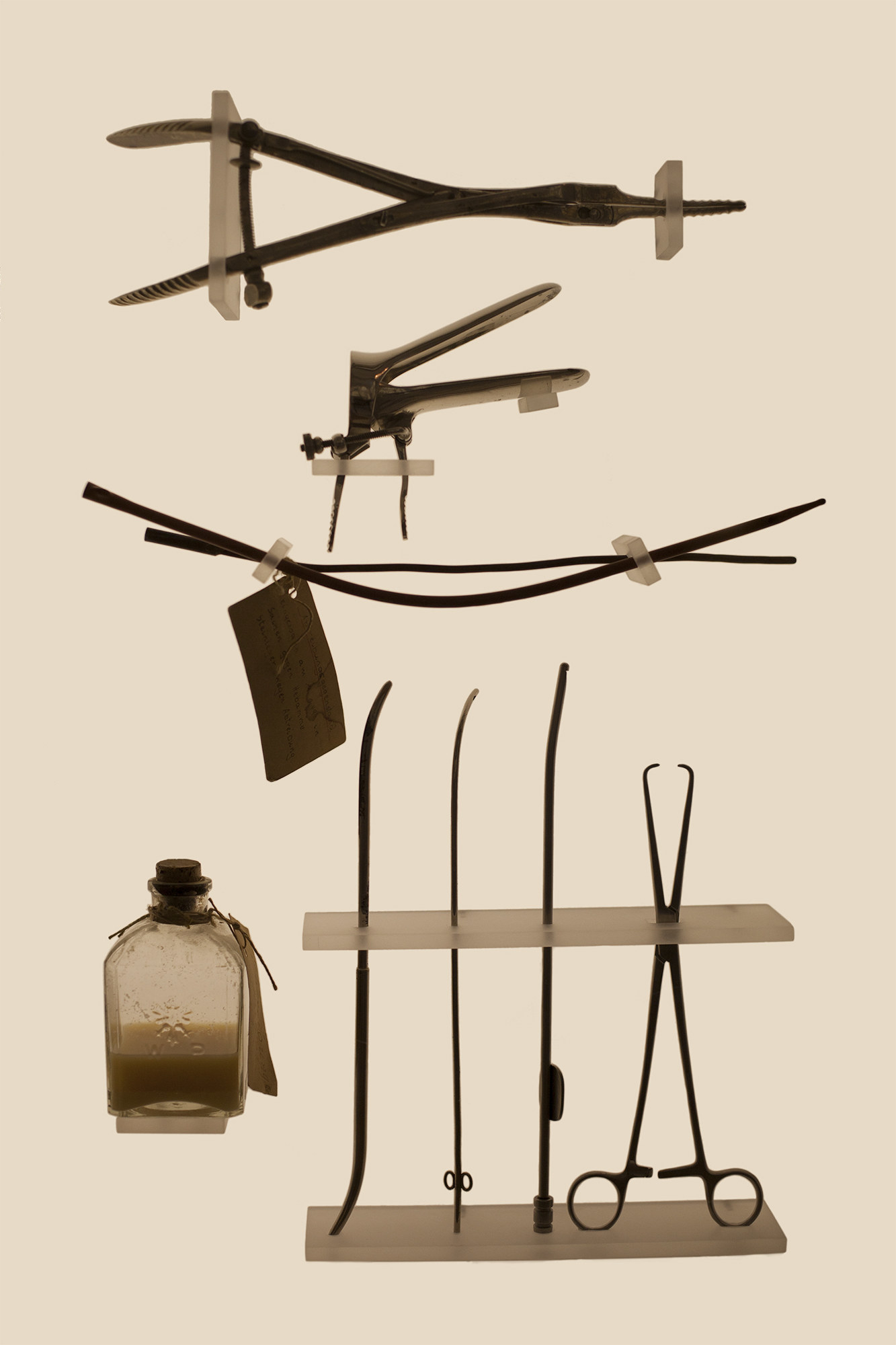
In places where abortion is illegal, certain medical instruments can be a giveaway. For this reason, specific supplies have rarely been developed or sold for this procedure. Instead, doctors, backstreet abortionists, and pregnant women turn to common household tools: knitting needles, wire clothes hangers, urinary catheters, and a wide variety of other objects long enough to reach into the uterus.
Ancient Herbs and Oral Solutions
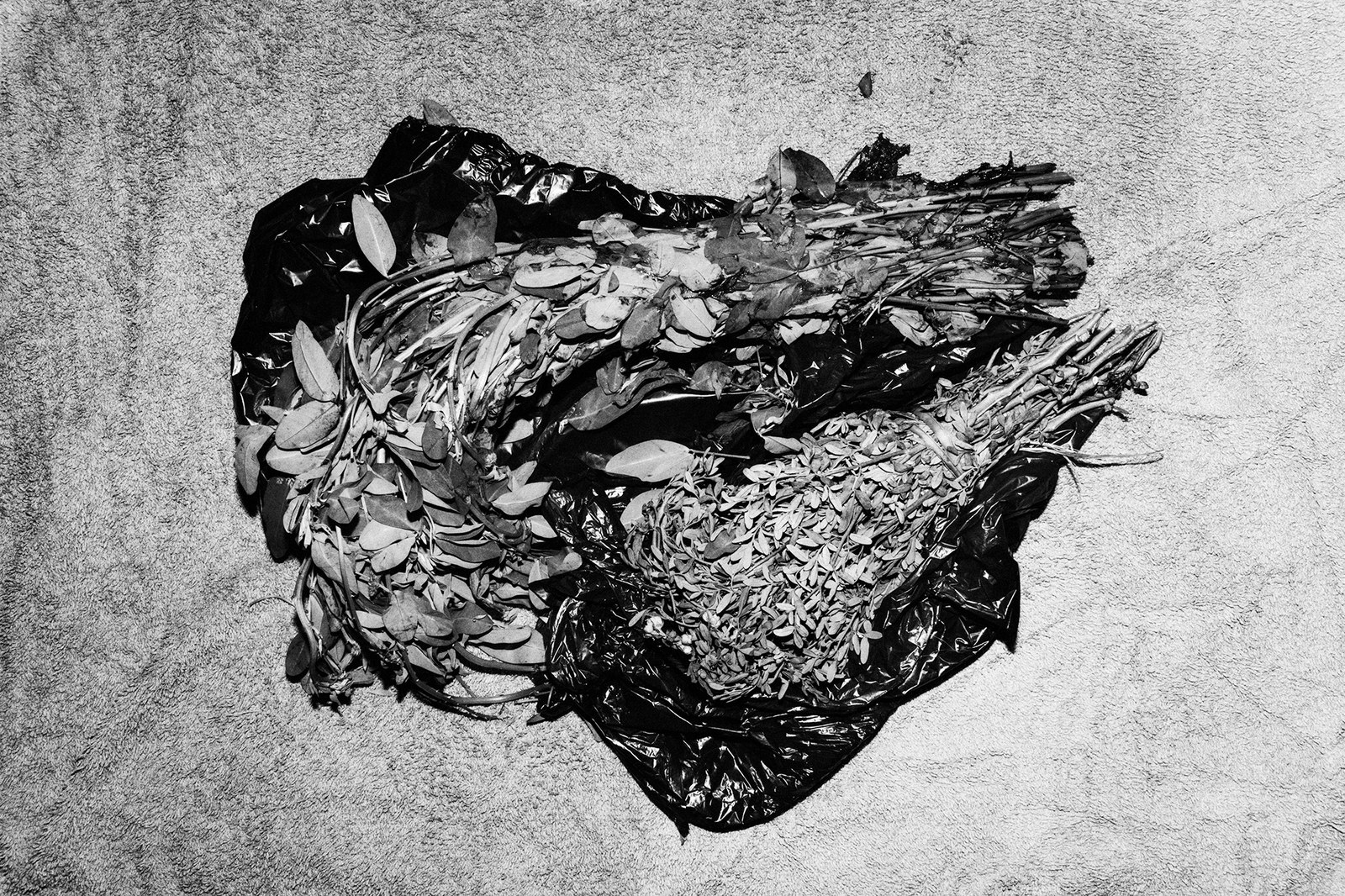
The infusion of local plants ruda and chipilin are used by Salvadorean women to abort during the first trimester. There has been an endless list of oral drugs thought to induce miscarriage, since before the time of Hippocrates. A few examples include: clover mixed with white wine, squirting cucumber, stinking iris, slippery elm, brewer’s yeast, melon, wild carrot, aloe, papaya, crushed ants, camel hair, lead, belladonna, quinine, and pomegranate; alternatively, self-starvation.
Wood and Plastic Rods
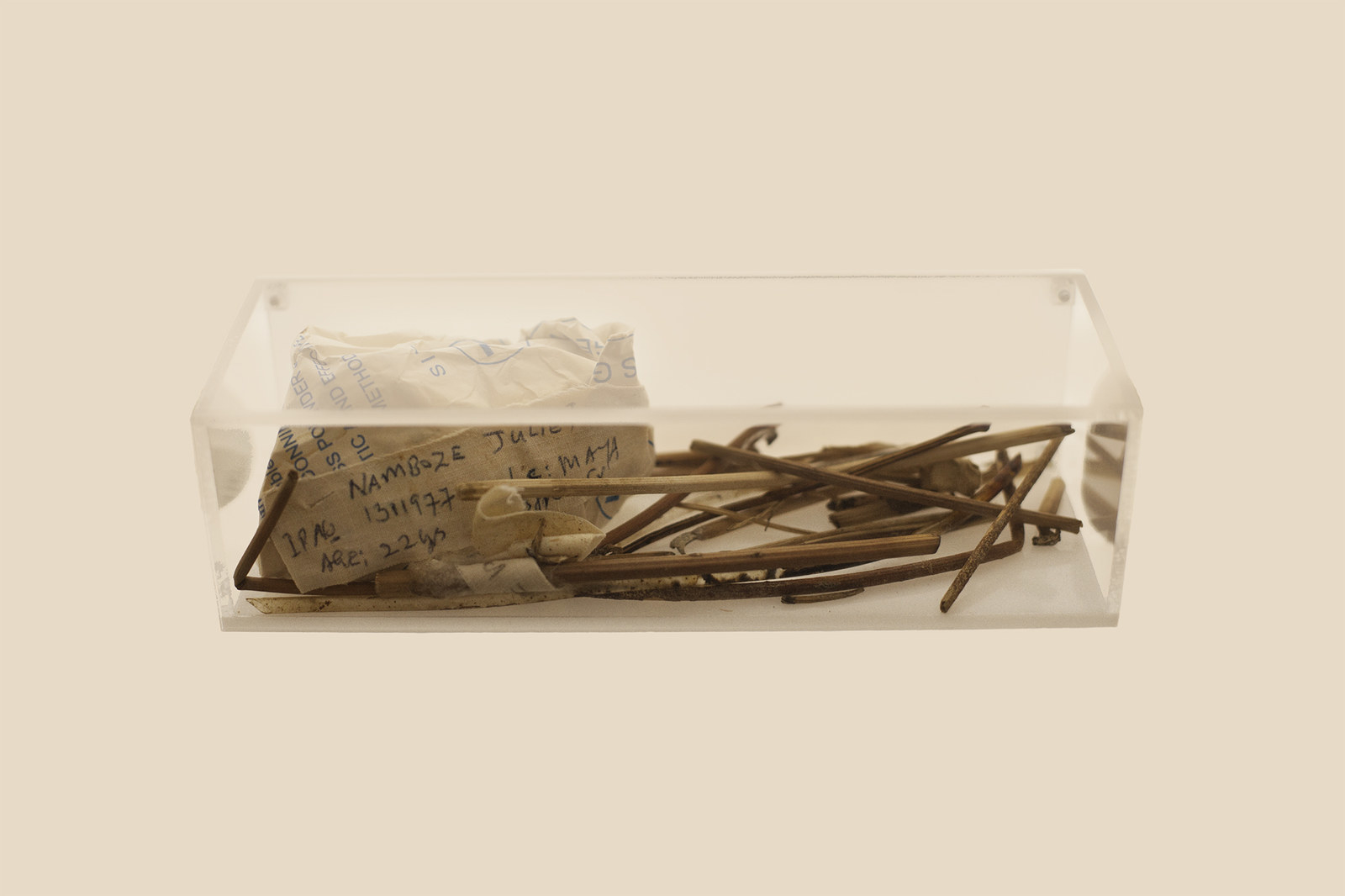
Early termination of pregnancy is forbidden in nearly every country in Africa due to the restrictive laws of former colonial rule. For this reason, abortions are either carried out by lay abortionists or by women who are left to their own devices. To this end, the amniotic sac is pierced between the fourth and fifth month of pregnancy. The ensuing discharge of amniotic fluid forces the birth of a dead embryo within two to three days. Sharp objects are used in the process, such as branches or long thorns. Piercing the amniotic sac often leads to complications, such as heavy bleeding and/or life-threatening infections. With luck, women are able to arrive at a hospital in time to take care of the situation.
Life Support Machine
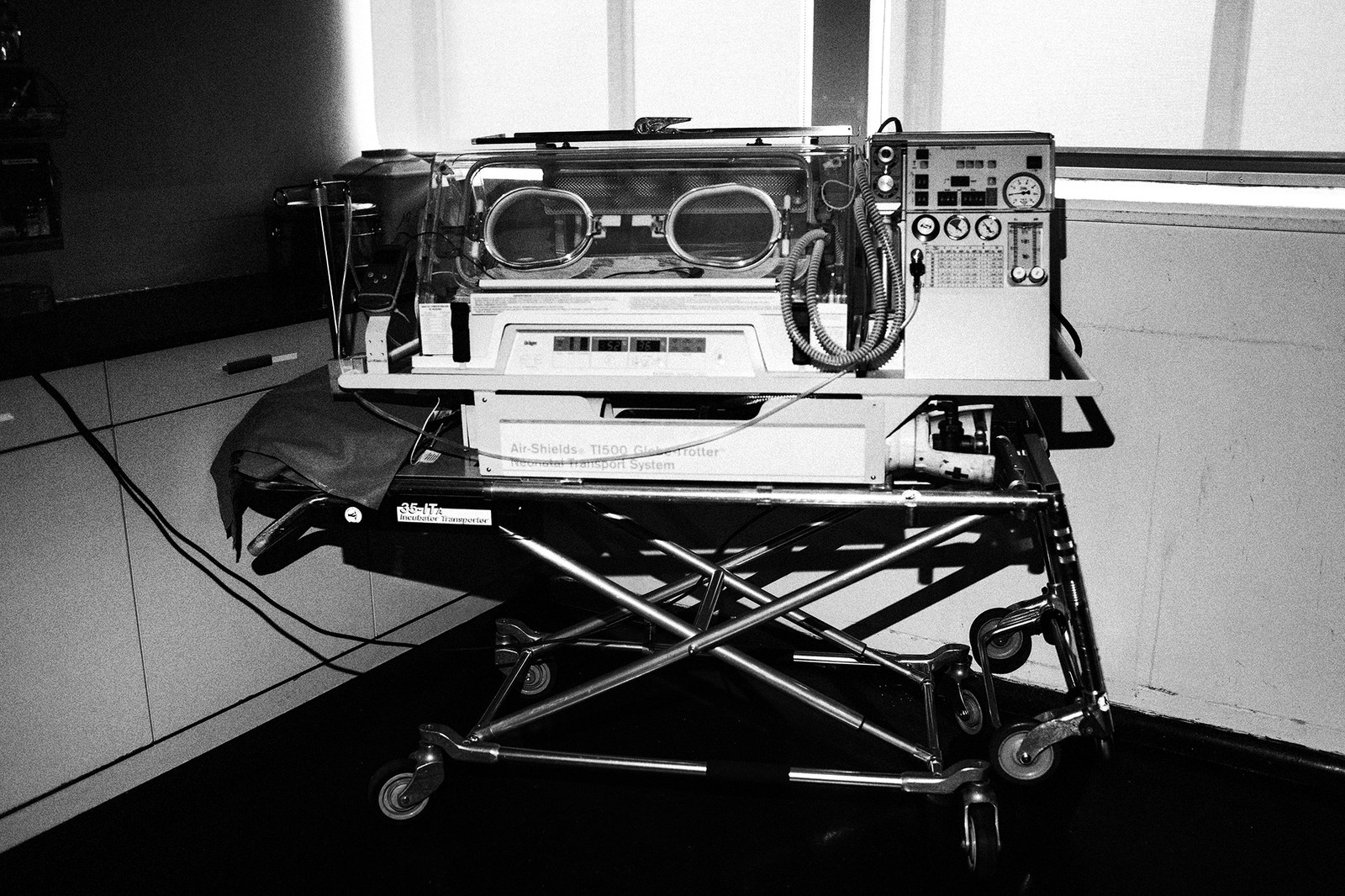
On Nov. 27, 2014, an Irish woman in her twenties was admitted to the hospital with headaches and nausea. Two days later, the mother of two suffered a fall and was later found unresponsive. On Dec. 9, she was declared clinically brain dead. She was 15 weeks pregnant at the time and was placed on life support against her family’s wishes. On Dec. 26, the Irish High Court ruled that the life-support machine could be turned off after hearing that her fetus had little chance of surviving.
In Ireland, abortion is illegal unless it occurs as the result of a medical intervention performed to save the life of the mother. Under the 1983 8th Amendment of the Irish Constitution, an unborn child has the same rights as its mother.
